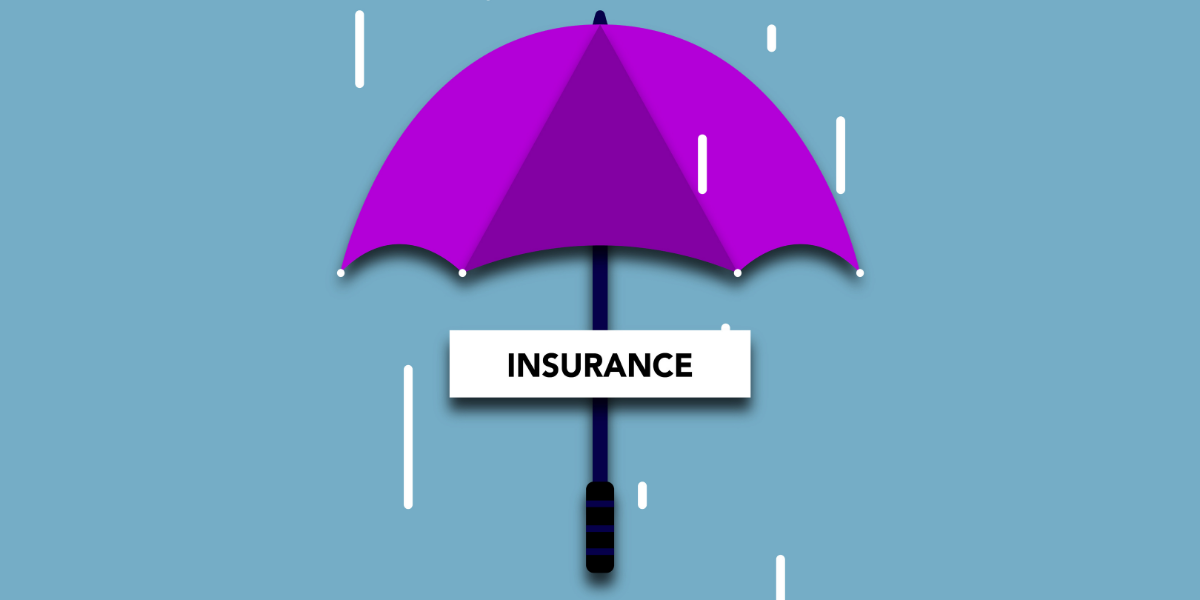Regardless of their size or mission, nonprofit organizations need insurance protection against risks seen and unseen.
A nonprofit organization’s insurance portfolio is one part of a larger risk management program that includes risk avoidance and reduction through corporate safety programs, human resource policies, risk transfer via contracts, and risk retention through deductibles and self-insured retentions.
It is vital that leaders of nonprofit organizations understand the risks to their business and are adequately prepared and covered to protect against disastrous events that could threaten the organization’s viability.
Some of these key coverages to consider include:
Property coverage insures against direct physical loss or damage to property and covers related expenses or loss of income. Example: If a hurricane damages a nonprofit’s office and contents, property coverage can cover the costs of renting and equipping a temporary office. This prevents the organization from having to incur additional expenses.
General Liability coverage insures an organization against claims of bodily injury, property damage and personal/advertising injury liability arising from premises, operations, or products. Example: An exhibit at a fundraiser collapses and sends patrons to the emergency room. Medical costs incurred from the incident will be covered by general liability insurance.
Professional Liability (Errors & Omissions) coverage insures against mistakes in the rendering of, or failure to render, professional services in healthcare, consulting, legal, counseling, and in other services. Example: Parents claim a residential human services facility failed to provide appropriate healthcare to their developmentally disabled child. Professional liability insurance will protect the residential human services facility against a lawsuit of this kind.
Abuse Liability coverage offers protection for organizations regarding claims of abuse of people either under their care or responsibility. If a person in a position of authority misjudges certain situations or abuses their position, any business or group that they are affiliated with becomes automatically accountable — whether they are directly responsible or not. Example: A participant in a museum’s children’s education program reports a custodian for touching him inappropriately.
Automobile Liability insures against bodily injury and property damage arising from the ownership, operation and use of owned, leased, rented, or borrowed motor vehicles. Example: An executive director driving her personal car during agency business hits a pedestrian and the victim’s family sues the executive director and the entity.
Umbrella/Excess Liability insurance covers a nonprofit against catastrophic liability beyond the limits of its basic liability policies. Example: A van driver transporting clients skids on a wet road, causing several fatalities and catastrophic injuries.
Management Liability (Directors & Officers Liability) coverage protects a nonprofit and its decision-makers against liability arising from the general management of the business, including employment-related offenses and wrongful acts as fiduciaries of group health and welfare plans. Example: A regulator launches an investigation into alleged financial irregularities.
Commercial Crime coverage insures against loss of assets through criminal acts. Nonprofits are highly vulnerable to employee dishonesty, and threats include computer fraud, funds transfer fraud, and fraudulent impersonation. Example: A nonprofit employee complies with an executive’s e-mail directive to make a wire transfer to an external payee, only to later realize the email was fraudulent.
Cyber Liability (Network Security & Privacy Liability) coverage insures data breach response costs, including legal, forensic, notification, credit monitoring, and public relations/crisis management expenses; civil or regulatory liability for unauthorized release of private information or network security events; and damage to the policyholder’s own IT network and digital assets. Example: Hackers gain control of an organization’s donor database through a remote employee’s laptop and demand ransom to prevent release of the information online.
Environmental Liability coverage insures against bodily injury or property damage arising from pollution, mold or bacteria, including remedial costs. Example: Toxic mold causes residents of a supportive housing project to become ill.
Business Travel Accident & Sickness coverage insures against accidental death and dismemberment and emergency medical expenses, including medical evacuation/repatriation during business travel. Example: A train derailment injures or kills several board members en route to a meeting.
Kidnap Ransom & Extortion coverage insures against kidnap, extortion, hijack and detention, among other security risks. Example: An organization’s personnel suddenly need to evacuate to a neighboring country during civil unrest in the country where they have been working.
Employee Benefits packages provide an organization’s employees with support to maintain their health and wellness. A competitive benefits package can also help to attract top talent to an organization and retain employees.
This article was reprinted with permission from the HUB International website.
Contact HUB to speak with a Nonprofit expert for more information on securing the right coverages for your nonprofit insurance program or to get a quote.







